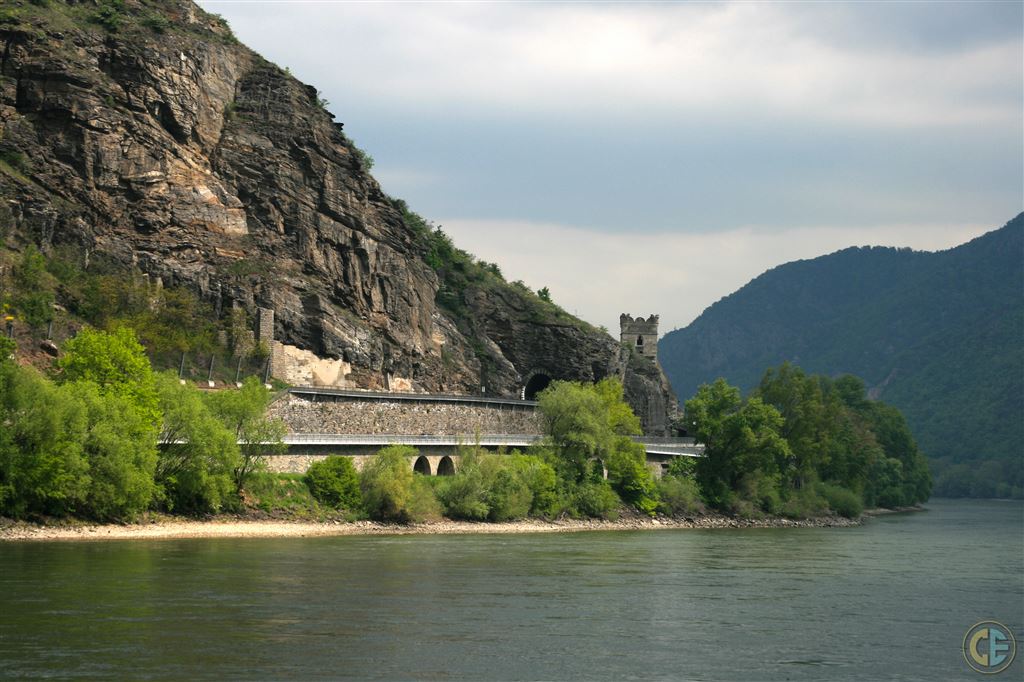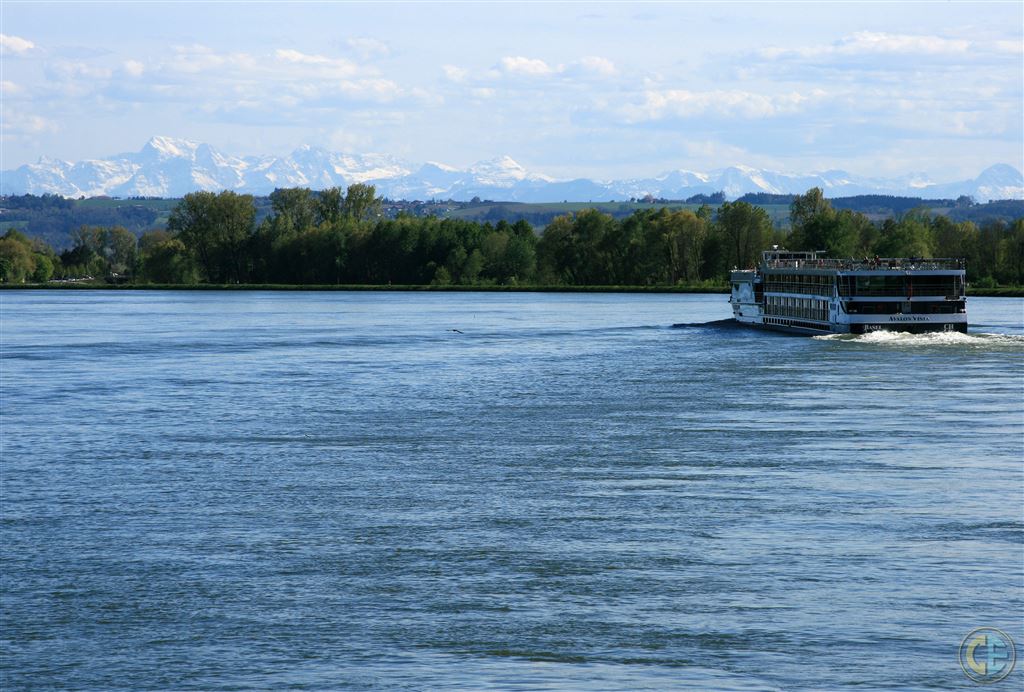
Flowing across ten countries, the Danube River is the second longest river in Europe with the longest being the Volga River. The river’s source is in the Germany’s Black Forest and flows spectacularly through countries such as Bulgaria and Austria. It continues to flow through major cities such as Budapest in Hungary, Munich in Germany and Prague in the Czech Republic.

As the river flows through several terrains, it provides a spectacle for the onlookers. For example, in Vienna, the River glides gleefully much to the onlookers’ amazement thereby providing them with a lifelong memory. The ships that cruise on this river are countless, and in any case, the river provides one of the most reliable means of water transportation.
The river has some strong historical events to its name too. During the ancient times, the Roman Empire used the river as one of its long-standing frontiers. The river flows for over 2,860 kilometers and empties into the Black Sea.
Currently, the Danube River provides Europe with one of the main sources of biodiversity in the region. As expected, the freshwater river provides a home to distinct species of fish including the catfish, burbot, zander, and huchen (or Danube salmon) types.
The Danube river flows through several countries and has several tributaries that keep it flowing. Some of the main tributaries include iller, Lech, Naab, Regen and Isar among others. With all these tributaries, Danube is navigable by both small boats and large ships.

As its source is in Germany, River Danube sees the Danube Confluence forming it up. Here, the Breg and Brigach rivers join to form one of the world’s greatest spectacles. Along the River, several world-renowned cities and towns have emerged. They include Ulm, Rosenberg in Germany, Linz in Austria, Bratislava in Slovakia, Esztergom in Hungary and Budapest in Hungary again.